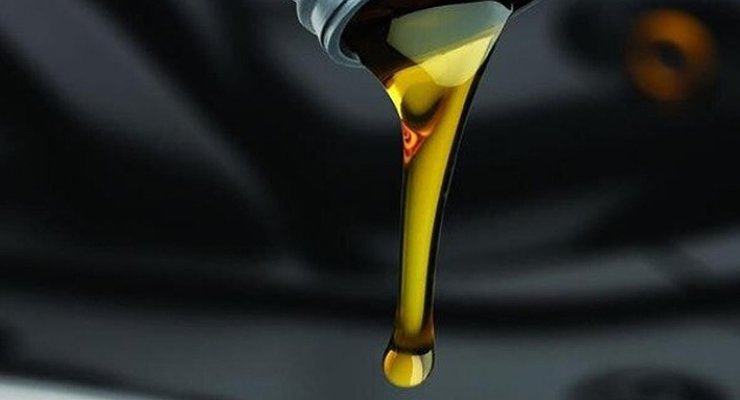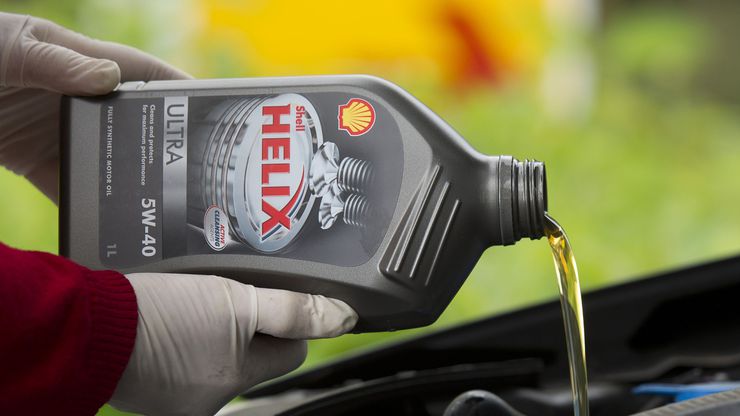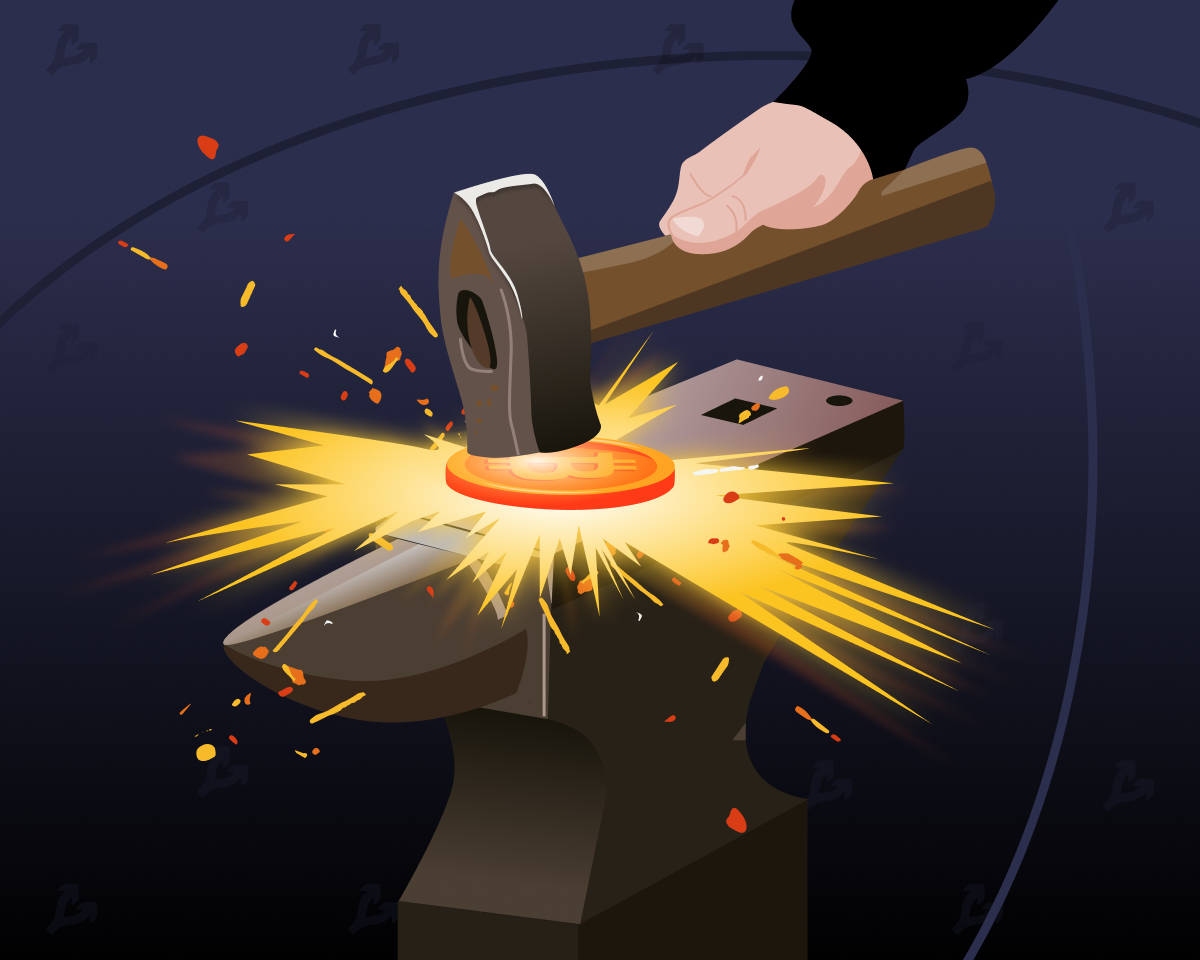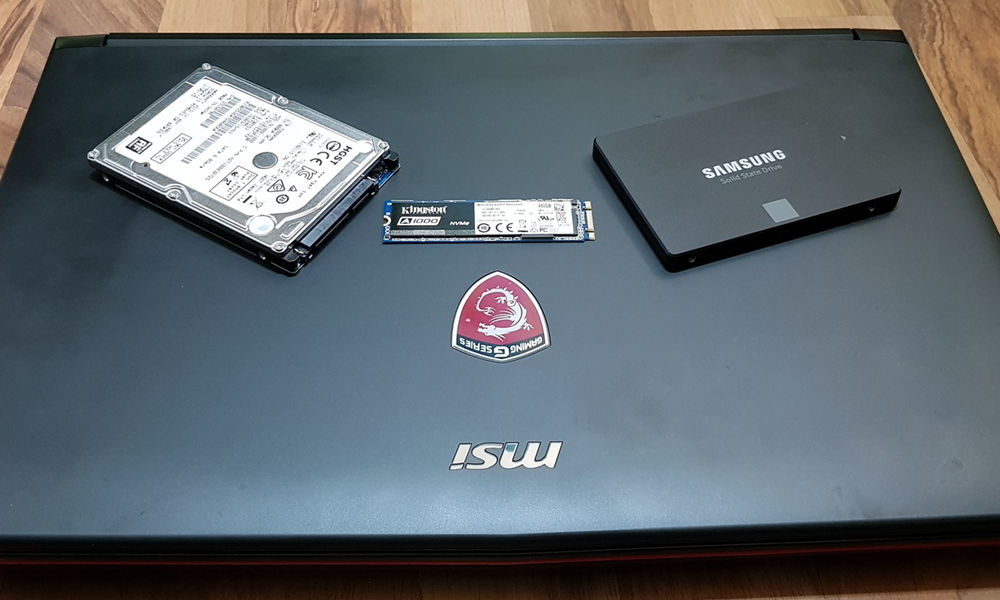Next, we carefully study the can of lubricant, which we are going to buy and pour into the engine. If the label says Meets or ‘meets’, this means that the oil manufacturer believes that its product meets the requirements of, for example, Mercedes-Benz. But Approved (approved), for example – MB Approval 229.1 says the automaker has independently tested the oil and allowed it to be used in its engines. Obviously the second is much more preferable.
If this is not the case, we look at the quality class and do not fall under the recommended in any case. The SP class is the best oil for today, SN is medium quality and SM can only be filled with old naturally aspirated engines.
In order not to encounter counterfeits, we buy oils in trusted stores, and not in the markets. In this case, it is better to overpay than to turn your car into real estate.
And one more tip. Switching to analogues will require more frequent oil changes, and if you have a supercharged engine, it is good to change the lubricant based on engine hours, not mileage. This requires effort from the driver, as you have to time and count engine hours. But they will more than pay off as the engine will work properly and will not let you down.
SUBSCRIBE FOR EXCLUSIVE CONTENT
PORTAL “AVTOVGLYAD” IN TELEGRAM














